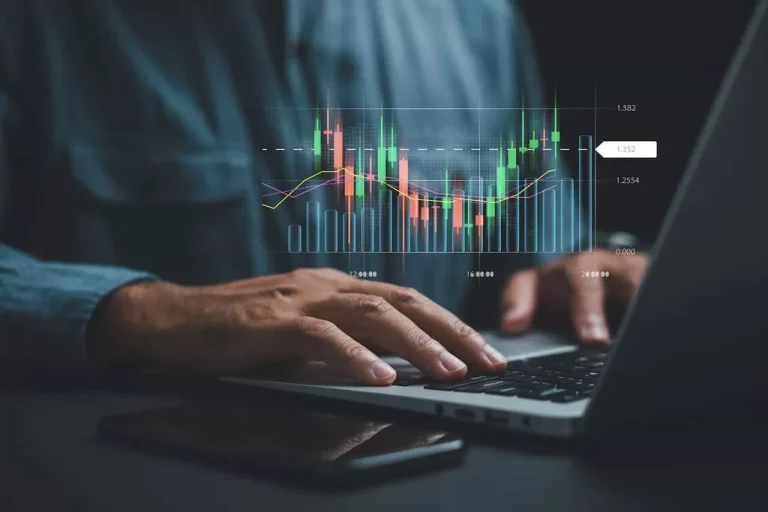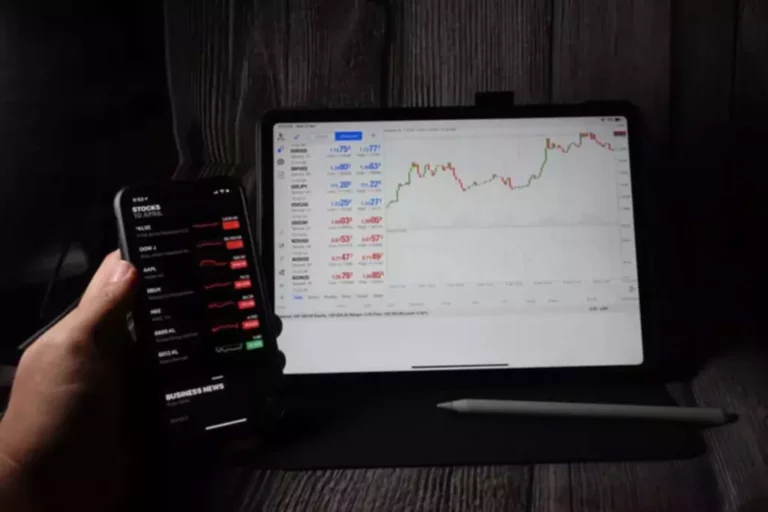Real World Assets: The Bridge Between TradFi and DeFi
Content
But non-fungible assets like houses and cars we still haven’t seen amazing breakthroughs in fixing this issue. You can https://www.xcritical.com/ have a tokenized RWA without the issues of centrality, all you need is a Chainlink price feed. It’s a stablecoin like the others, but it’s collateral is fully on-chain and decentralized. Let’s take our same Car NFT now, and let’s say we wanted to forge the legalities of the car. We didn’t really care about who owned the car; instead, we just wanted a Car NFT that always reflected the price of the real-world car. If we sell the token on-chain, we should get the dollar amount of the car in the real world.
How to Get Started with RWA Tokenization: 5 Key Stages
Additionally, RWAs can offer more straightforward and faster transactions, as they reduce the need for intermediaries like brokers or escrow agents. RWAs also benefit from a proven chain of ownership, ensuring that at least the digital version maintains clear and verifiable provenance throughout its lifecycle. This is particularly important for assets like art or collectibles, where ownership history significantly impacts authenticity and value. Real-world asset tokenization offers numerous benefits, including increased liquidity, fractional ownership Mining pool opportunities, enhanced transparency, and accessibility to traditionally illiquid assets. It also streamlines processes like asset management and trading, while reducing transaction costs and minimizing barriers to entry for investors.
Developing Analog’s Timechain: Why we chose Polkadot SDK
Real-world asset tokenization refers to the process of digitizing tangible assets, such as real estate, commodities, and artwork, by representing them as blockchain-based tokens. These tokens are backed by the underlying assets and can be traded or transferred electronically, offering benefits like fractional ownership and increased liquidity. Blockchain technology has what is rwa in crypto become the cornerstone for integrating RWAs into the digital landscape, revolutionizing the way traditional assets are represented and traded. Through a process known as asset tokenization, blockchain transforms physical assets into digital tokens, enabling seamless transactions and ownership transfers on decentralized networks.
How to Make Profits from RWA Tokenization?
- To ensure that the tokenized assets remain relevant and up-to-date with real-world changes, they are often integrated with off-chain data through Oracles.
- This model attracts liquidity to previously inaccessible markets, stimulating trade and forming a fair price.
- This also injects liquidity into the market, benefiting both asset owners (easier access to capital) and investors (broader investment opportunities).
- Stablecoins maintain price stability relative to designated assets like currencies or commodities.
- Tokenized RWAs have the potential to fundamentally change the landscape of decentralized finance.
- While before, it was only possible to join the market with $100,000, now you can start trading and earning with just $1.
Let’s explore how RWAs are bridging the gap between the physical and digital worlds. It’s more than just a place to store, send, and receive cryptocurrencies securely—it’s your passport to the decentralized world. Polkadot’s Agile Coretime simplifies launching and scaling blockchain projects with dynamic blockspace allocation and flexible cost options. Learn how Agile Coretime makes it easier to build, launch, and scale ambitious Web3 projects.

Breakthrough Liquidity and Investor Access
Algorand’s consensus mechanism is designed to guarantee security through advanced cryptography and does not rely on economic disincentives to secure the network. That means users can stake with no slashing risk, no lockup periods, and real-time rewards. Together, these innovations ensure efficient, secure, and cost-effective management of RWAs, driving mass adoption and bridging traditional and crypto markets. Real-world assets have been called both the future of financial markets and their doom.
This is why tokenized RWAs are emerging as one of the fastest-growing segments of the digital asset economy. This capability unlocks one of the largest market opportunities in blockchain – potentially representing hundreds of trillions of dollars worth of real-world value on decentralized networks. This typically involves third-party auditors who assess and verify the smart contract code used to tokenize the asset, the asset’s attributes, and its legal standings. The blockchain ledger records all transactions involving RWA tokens securely and transparently.This fosters trust and eliminates the need for intermediaries in many cases. Additionally, the robust security features of blockchain minimize the risk of fraud or unauthorized access to RWA tokens.
Managing access to precise and sensitive data with stringent privacy controls ensures that RWAs are securely handled and that data privacy is maintained. Supporting up to 5,000 transactions per second with a low average transaction cost of $0.03, BSC’s infrastructure is ideal for the high-volume, high-speed transactions required for RWA tokenization and trading. Additionally, BSC’s fast block finality and the potential introduction of Parallel EVM enhance transaction execution, ensuring rapid data processing and responsiveness crucial for RWA applications. In contrast to financial assets, real assets tend to be more stable through periods of inflation, currency exchange fluctuations, and other macroeconomic factors. Andy Smith is a Certified Financial Planner (CFP®), licensed realtor and educator with over 35 years of diverse financial management experience. He is an expert on personal finance, corporate finance and real estate and has assisted thousands of clients in meeting their financial goals over his career.

It is in those types of assets that overlap and confusion over asset categorization can occur. ETFs, for example, can invest in companies that are involved in the use, sale, or mining of real assets, or more directly linked ETFs can aim to track the price movement of a specific real asset or basket of real assets. Addressing these privacy challenges is crucial for unlocking the full potential of RWA tokenization.
Stablecoins like USDT and USDC are essentially tokenized assets pegged to fiat currencies. They are popular for maintaining value within the blockchain, as well as for facilitating international money transfers with lower fees. Tokenization leverages smart contracts to automate asset transactions, eliminating intermediaries and reducing costs, fostering a more efficient and accessible marketplace for both issuers and investors.
The art market benefits similarly from RWA tokenization, particularly through improving liquidity and transparency. Investors can own shares of valuable artwork they would otherwise be unable to afford. Blockchain has grown far beyond its roots in cryptocurrency, reshaping industries from finance to healthcare. This guide walks you through the basics, benefits, and groundbreaking potential of blockchain and its impact on the future of the open internet. With deep ties to Polkadot, these projects are not just tokenizing RWAs, but they’re revolutionizing industries allowing for more efficiencies, transparency, and accessibility on a global scale.
Integration with the metaverse enhances brand loyalty and fosters unique digital experiences for consumers. Jager is a unit of measurement which represents a fraction of the cryptocurrency BNB (Binance Coin). Next, it’s important to verify the ownership of the selected asset, ensuring it is properly registered, licensed and compliant with the legal requirements and regulations. As a rule, this is handled by auditors, lawyers, notaries and other professionals with the relevant expertise. Delve into the landscape of Real World Asset Tokenization as we introduce you to its significant players in this ecosystem map.
Discover why Analog chose Polkadot SDK to power its Timechain, leveraging modularity, security, and forkless upgrades to create a seamless interoperability hub for multichain and cross-chain dapp ecosystems. In the past years, she came up with many clever ideas that brought scalability, anonymity and more features to the open blockchains. She has a keen interest in topics like Blockchain, NFTs, Defis, etc., and is currently working with 101 Blockchains as a content writer and customer relationship specialist. Stablecoins maintain price stability relative to designated assets like currencies or commodities. They serve crucial roles in cross-border payments and as banking infrastructure for the unbanked.
Data companies specialize in the comprehensive collection, aggregation, and structuring of data within the RWA industry. Their role extends to presenting well-organized and insightful information, contributing to scaling the ecosystem. These companies play a crucial role in enhancing transparency and efficiency by providing a centralized hub for organized data related to tokenized assets. The actual creation of tokens is executed through smart contracts on the chosen blockchain. These contracts govern the tokens’ behaviors and their interactions with buyers and sellers. Once the tokens are minted, they are issued and become available for trading on various platforms.
